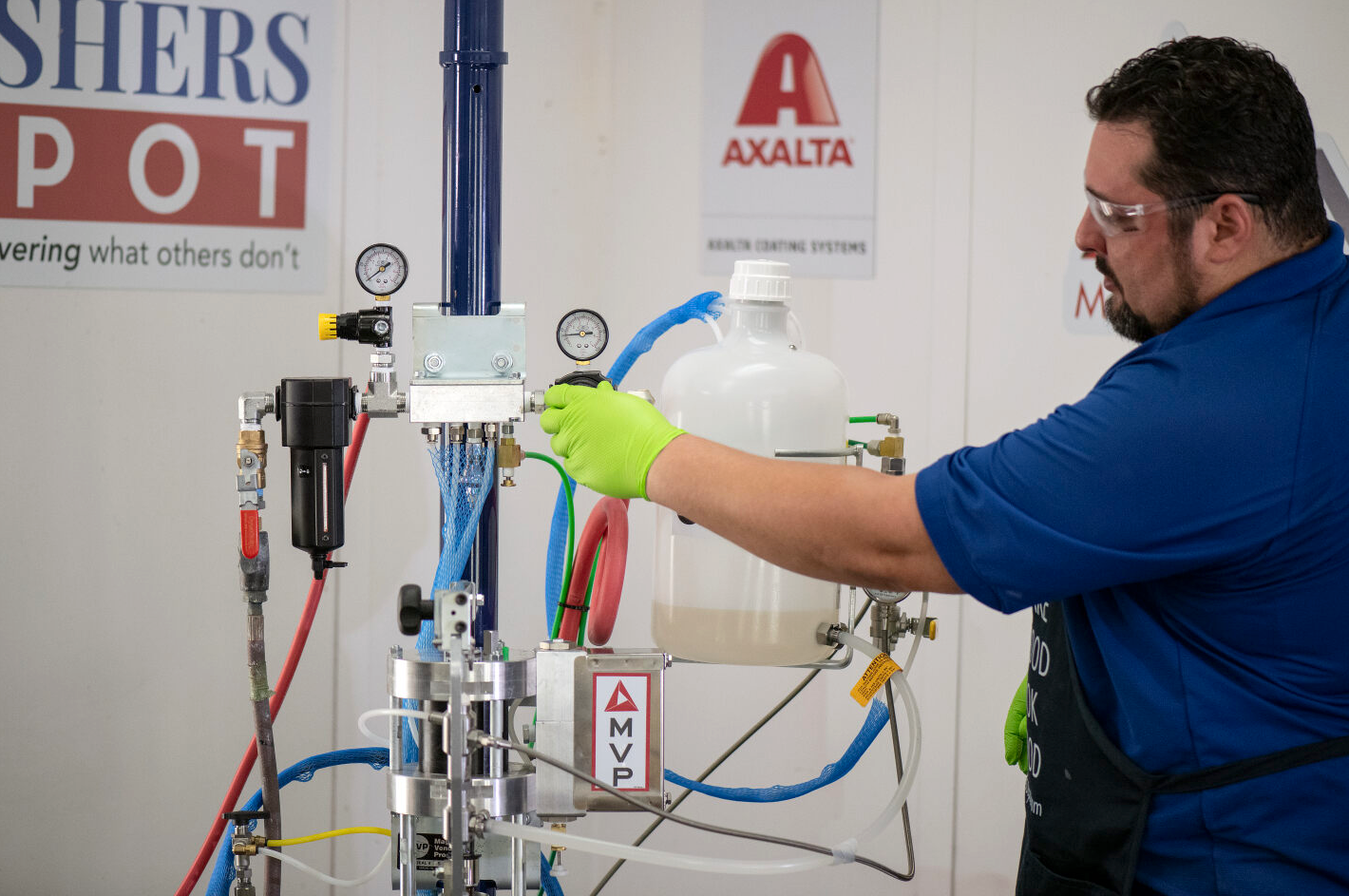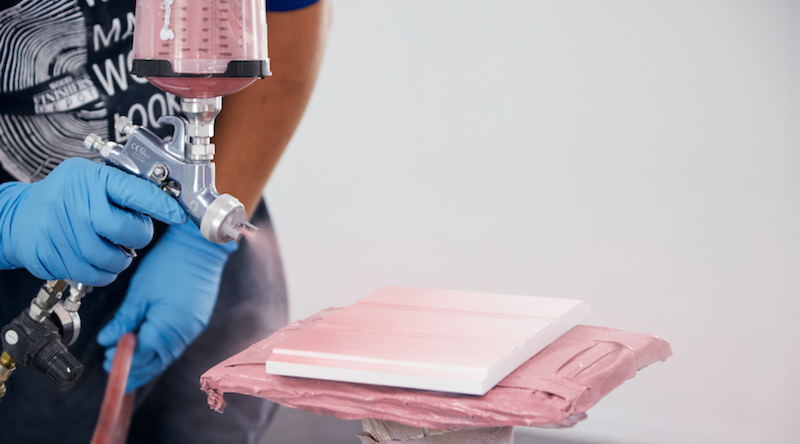When the time comes to sand down surfaces, it’s essential to have the best tools at your disposal. Often, this means using a PSA sanding disk to prepare the surface.
Read on to learn more about this type of sander accessory and why you should use one for each of your finishing projects.
What Is a PSA Sanding Disc?
Rotary sanders use disc-shaped pads of sandpaper. The traditional method for affixing the sandpaper to the sander was a hook-and-loop system. PSA (Pressure Sensitive Adhesive) sanders offer an alternative process by using self-adhesive tape to mount the sandpaper to the device. The sanding discs are thin and flexible for more optimal performance.
When applying a sanding disc to the sander, you won’t need water, heat, or a solvent to activate the adhesive. Simply peeling away the protective cover and pressing the adhesive side to the sander will be sufficient. However, you will need to ensure the sander’s pad is clean and free of debris to create a stronger bond with the adhesive.
Similar to any other type of sandpaper, PSA disks come in a variety of grits and sizes. The variety of offerings makes it easy to find discs that fit your sander and ensure you get the correct grit for your sanding project. For example, sanding discs can come with alumina, carbide, diamond, and other abrasive coatings.
When you’re finished with your project or need to replace a worn sanding disk, you might wonder how to remove the old disk. You have the ability to pull the disc off the sander, and it should easily peel off the sander’s pad.
What Are Some Common Sanding Pitfalls?
When you don’t use a PSA sanding disk with the right grit, the result will be a surface that’s difficult to finish. For example, using a gradient that is too rough or coarse will scratch the wood rather than leave you with a smooth surface, creating extra work to buff the scratches away.
Instead, you’ll also want to avoid using a sanding disc that’s too fine when working with wood. A very fine gradient will leave you with a surface that’s too smooth and lacks the necessary pores in the grain. The surface will more closely resemble glass, making it harder to paint or stain the item. The problem is a surface that’s too smooth won’t bond well with the sealant you use.
Another one of the more common sanding mistakes that professionals make is rounding off the edges of the wood. This outcome may not be a problem if you want softer edges, but it can sabotage a project that requires sharp corners and straight edges. Avoid running the sander too close to the edges to prevent rounding them off.
Another option is to corner the edges with scrap wood of a similar thickness. This option will help you keep the orbital sander level as you sand close to the edges.
You should also avoid spending too much time sanding in one area. This will leave you with a rut or a dip in the wood. When that happens, you’ll need to replace the wood or sand the rest of the surface to make the whole board level.
The Benefits of Using Orbital Sanders
There are many advantages of using a disc sander. Many retailers will have special disc offers in place to make it easier to stock up on the discs your project requires. Additionally, you’ll discover more of the following advantages.
Easy to Use
Operating an orbital sander is relatively simple for experienced finishers. You won’t really need any type of structured training to begin using the device in your finishing shop. Simply start by practicing on a scrap piece of wood to help you get a feel for the machine.
Remove Residue
You can use your orbital sander at the start of your project if you need to remove paint or a stain finish. By lightly running the sander over the surface, you can remove the residue without wearing down the wood.
Make Sanding Any Surface Faster
Traditional sanding requires a great deal of time and labor to complete a project. When you use a disc sander, the project will take you half that time. You’ll therefore find that using a sander is less labor-intensive than the manual method.
Versatile for a Variety of Jobs
You can use a disc sander on almost any surface and in any position, including the following:
- Floors
- Walls
- Doors
- Wood window frames
Additionally, you can sand smaller items by setting them on a workbench.
Tips for Using a PSA Sander
If you’re new to using sanders with PSA discs, you’ll find a few common tips helpful. Consider our valuable suggestions to get you started.
Choose the Right Grit
Make sure to choose the optimal grit for the job and use the disc until the grit wears away. Taking the time to make this evaluation will give you the best use of each disc.
Choose Between a Cloth or Paper Backing
You can find PSA discs with either paper or cloth backings. A paper backing is more cost-effective, but it won’t last as long as a cloth backing, as paper can tear easily during heavy-duty tasks.
Know How to Remove Stubborn Discs
Most of the time, the PSA disc will peel away easily with a slight tug. If the disc isn’t easy to remove or tears during this process, you can use heat to melt the adhesive and remove the disk.
Get the PSA Sanding Disk that Provides the Best Performance
Finishers Depot sells a broad selection of Mirka industrial sanding disks and supporting pieces of equipment. Mirka is one of the top brands for quality and performance, and we sell this brand exclusively.
Our team of finishing experts can help you choose the best grit and the ideal number of disks needed for your shop. Contact us today to speak with a helpful member of our team to place your order.



